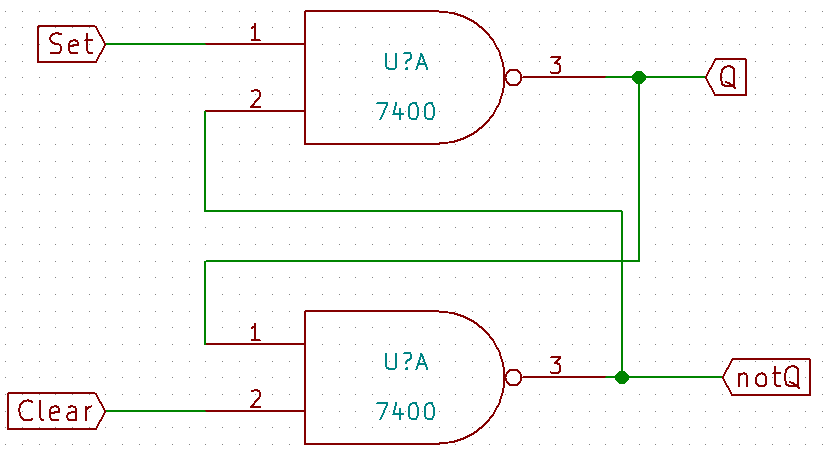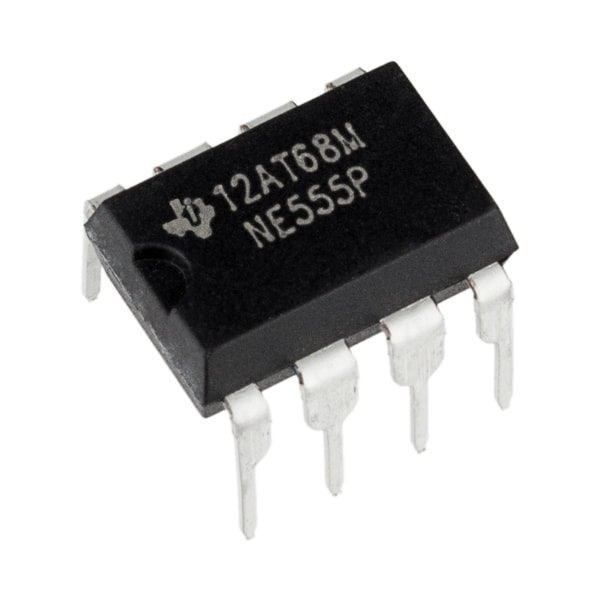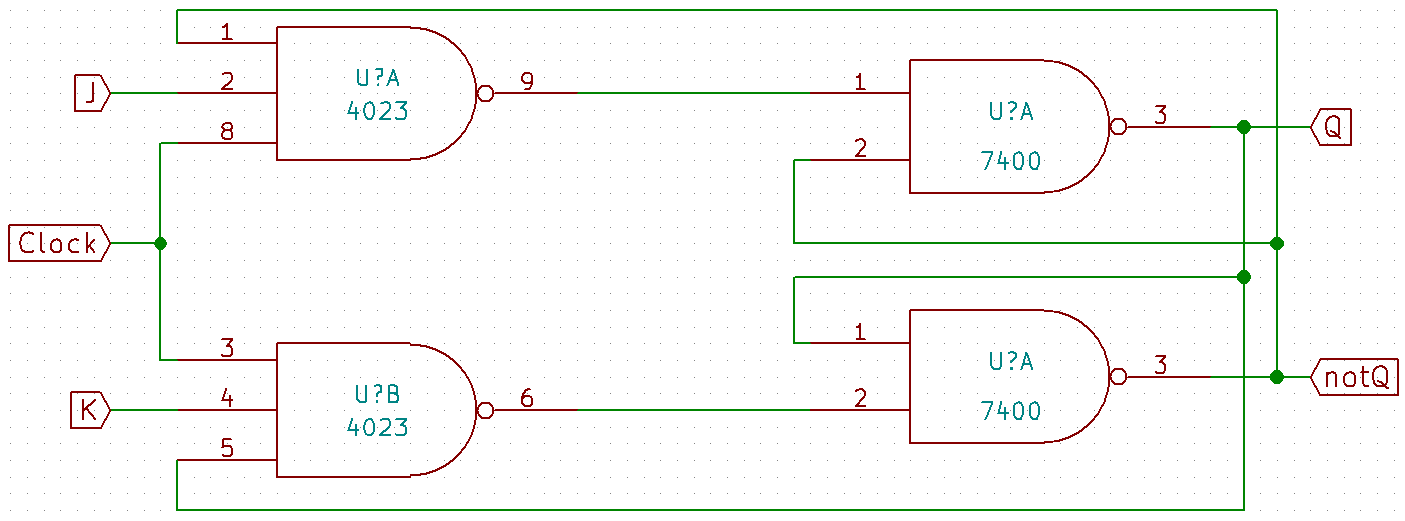In this post I will explain what are flip-flops. Are memory digital or sequential circuits whose output depends of the input and the output`s actual state.
Latches
Are digital circuits with logic door NAND or NOR, where a logic door`s output is linked to another logic door`s input. This type of circuit can store one bit of information. This is a NAND latch.

This circuit`s truth table.
 This is the NOR latch.
This is the NOR latch.

And your truth table.

Clocks
Flip-flops need a square wave generator circuit called clock to work, an astable 555 can be a clock, click in the button below to know how to build one.
 555Click here
555Click here
One alternative is the astable circuit with 7414.

Other alternative is an astable with two transistors.

Types of flip-flop
This is the SR flip-flop.

In this circuit, the Q only change state when happen a positive transition of clock, by that, change from 0 (low level) state to 1 (high level) state or a negative transition (from level 1 to 0). Here is the truth table considering clock transitions.
The circuit below is the JK flip-flop.

In this circuit, there is no invalid response in any input condition. Note that the NAND doors have 3 inputs. Below we have the truth table considering clock transitions.

The T flip-flop is a simplification of the JK, just link the J and K input. The truth table is also simplified.


This is the D flip-flop, the clock input can serve as an enabler. The D input only influence in the output with a positive or negativa clock transition.

Here is this circuit’s truth table.
 Integrated circuits with flip-flop
Integrated circuits with flip-flop
Some integrated circuits to use flip-flop in practice.
- 74LS112 has 2 JK flip-flops;
- 74LS175 has 4 D flip-flops;
- CD4043 has 3 NOR latches and 3 NAND latches.
Exist many others integrated circuits with flip-flops and latches. The chips have terminals CLR (clear) and PR (preset), which are asynchronous inputs which can the flip-flop`s output independent of the clock and the synchronous inputs (J, K, S, R, D and T).



